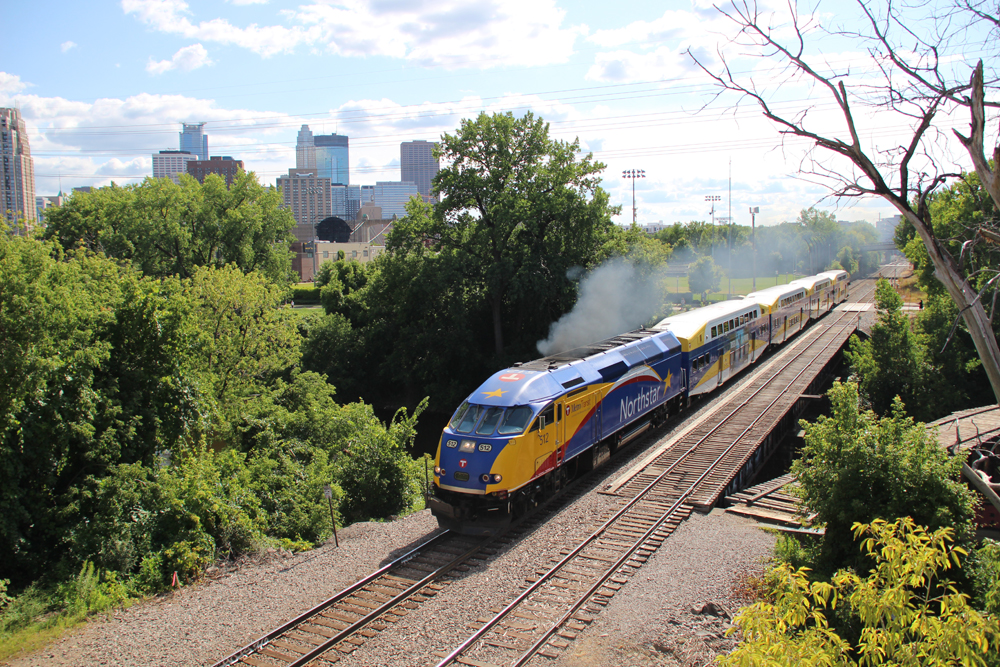
ST. PAUL, Minn. — The chair of the transportation committee in Minnesota’s House of Representatives is leading a legislative effort to kill the Northstar commuter rail service — which could be destined for replacement with bus service anyway.
HF 269, introduced by Rep. Jon Koznick (R-Lakeville, Minn.) — chair of the Transportation Finance and Policy Committee — seeks permission from the Federal Transit Administration to discontinue the service without repaying the $85 million in federal funds used to build the service. It would require the state transportation commissioner and Metropolitan Council — the Twin Cities-area governmental body that oversees Metro Transit, the Northstar operator — to submit a plan for that discontinuation within 90 days of receiving FTA permission.
Koznick, in a Sunday, Feb. 23, press release, called it “an over $320 million failed experiment in commuter transit. … it’s time to stop wasting $11 million annually on a project that simply doesn’t work to reduce congestion or move people.”
But today (Feb. 24), the Metropolitan Council and state Department of Transportation announced they’re studying replacing the 40-mile commuter rail line with bus service. Minnesota Public Radio reports the agencies said in a joint statement that a recent study “makes it clear we can provide more cost-effective transit service in the corridor currently being served by Northstar Commuter Rail. … We must be willing to be flexible and innovative to offer better service while saving dollars. We have jointly started the process to explore transitioning to bus service in this corridor.”
The council and state DOT say they’ll work with the federal government as well as BNSF Railway, contract operator of Northstar, as they explore the potential switch.
“In the coming months, we will have more information, including timeline information and projected future savings,” their statement said. “For Minnesotans who currently utilize this service, we are committed to working with you to ensure you have access to high-quality transportation in this corridor.”
Koznick — whose district is south of the Twin Cities, while the Northstar line runs to the northwest — previously sought to shut down the service in 2021. The state Senate proposed a similar bill in 2022.
He has also introduced a bill, HF749, that would require the service to be killed if it carries less than 450,000 people in any six-month period. In its best single ridership year, 2019, Northstar carried about 767,000 riders.
Following the pandemic, daily ridership fell from 2,455 daily riders in 2019 to 275 in 2022, prompting the study to consider service options. Ridership rebounded somewhat in 2023, to about 600 riders per day.
Northstar currently operates four weekday round trips on a 40-mile, seven-station route between Minneapolis and Big Lake, Minn. The operation was initially intended to serve St. Cloud, another 27 miles northwest of Big Lake, but was cut back because of a lack of funding.
— Updated at 8:25 p.m. CT with announcement of possible switch to bus service.
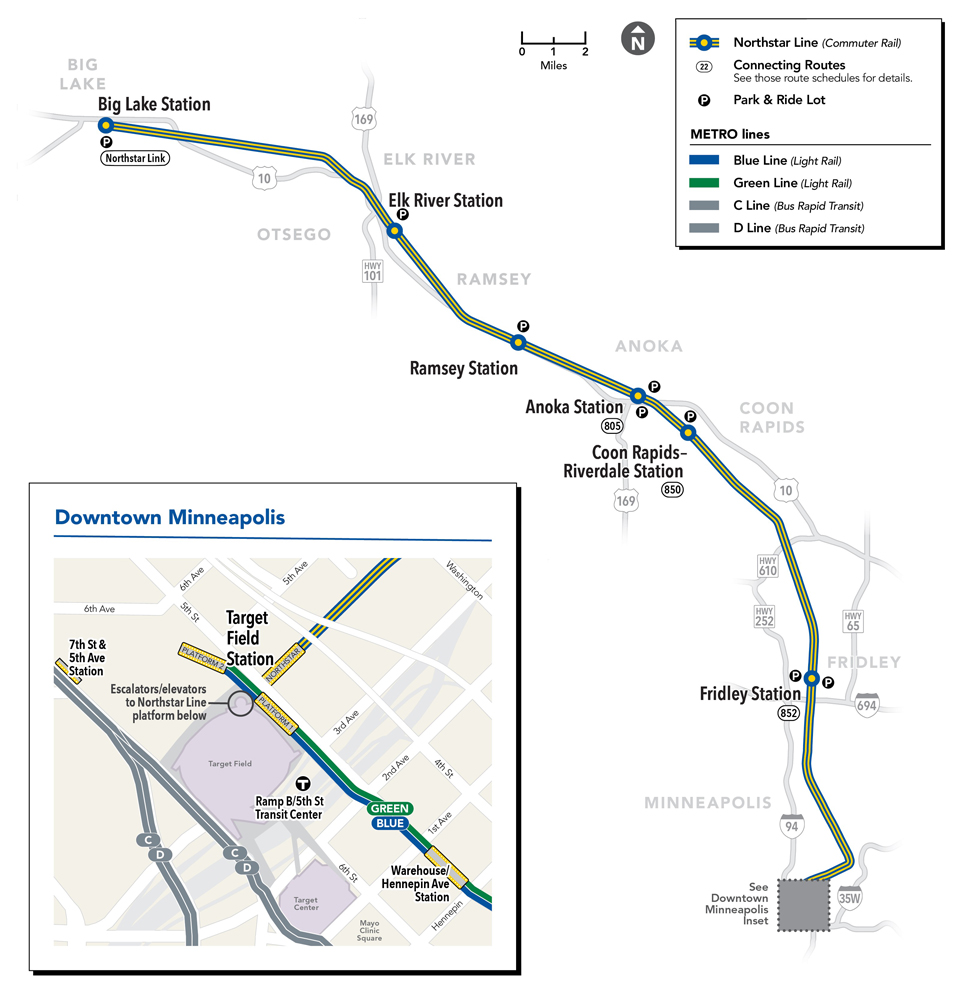






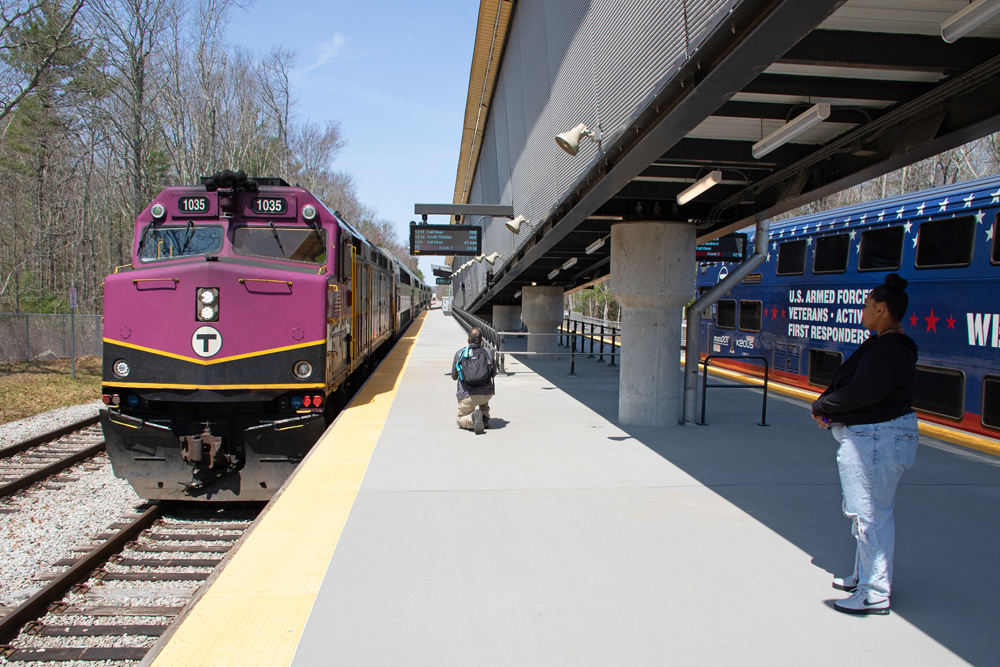
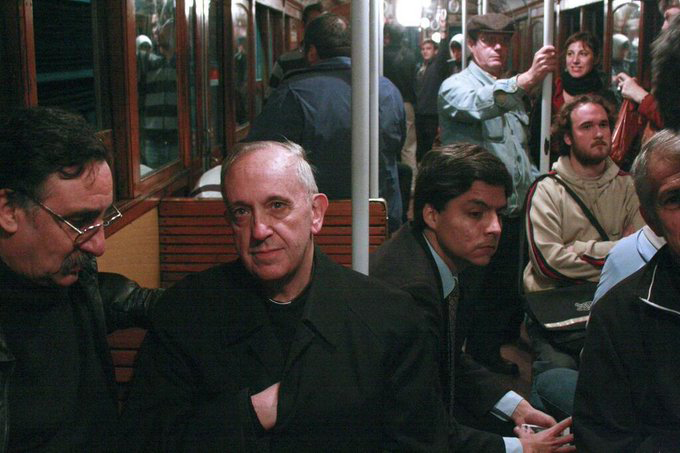
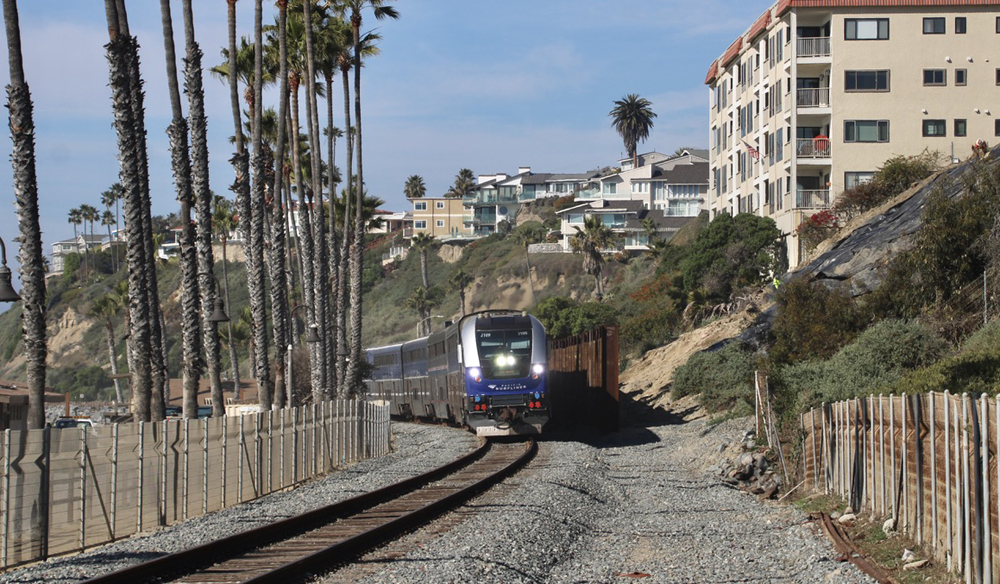
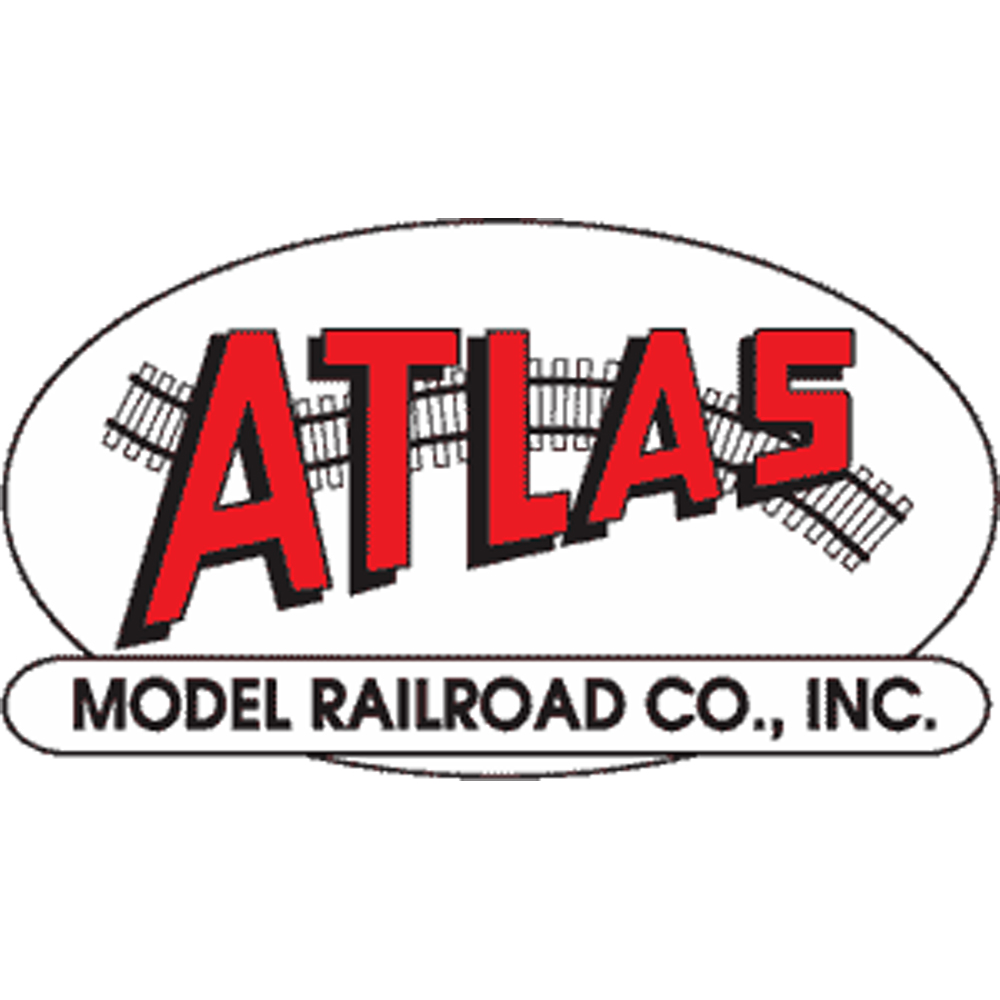



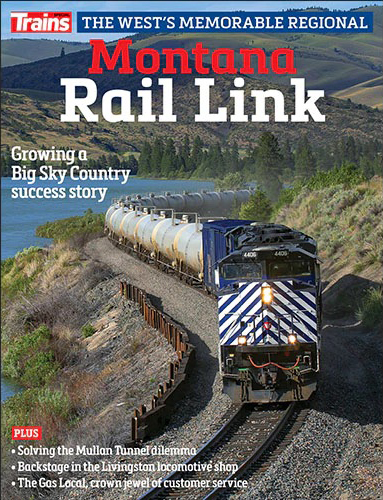
Rep. John Petersburg’s push to kill the Northstar Commuter Rail is a reckless, shortsighted decision that prioritizes ideology over smart transportation policy. Instead of fixing Northstar’s challenges—like limited service and lack of expansion to St. Cloud—this plan throws away taxpayer investment and forces more cars onto congested, polluted highways.
Public transit needs improvement, not elimination. Scrapping Northstar is not “fiscal responsibility”—it’s a waste of money, a blow to regional mobility, and a step backward when cities across the country are expanding rail. Minnesota should fix and expand transit, not abandon it.
I like this political thinking: “seeks permission from the Federal Transit Administration to discontinue the service without repaying the $85 million in federal funds”.
If I stop mortgage payments, will the mortgage company give me the house?. Would the stations, signals, track, cars, locomotives be re-possessed and the credit rating for Minnesota drops?
A politician is a politician regardless of the party. Similar occupations to a politician – used car salesman, snake oil salesman, con man/woman, ambulance chasing lawyer.
this is ridiculous this commuter railroad shouldn’t be discontinued traveling by train is better to get to and from work then by bus this commuter railroad should be saved
Ten years from now the (R)’s will all be crying about why did they get rid of it, that’s if the GOP can survive.
I don’t think your beloved Democrats are any better off. People are starting to think and act with their pocketbooks and politicians of any ilk would be wise to pay attention and listen to what they have to say irregardless of political ideology! Right now the political climate would say the Democrats are the ones who should be looking over their shoulders…
Is the reverse commute actually a return of the first commute consist to form the third commute? If yes, they need two sets of equipment; otherwise, they need four.
If the R’s ever got a trifecta in MN it would be the end of the Borealis & light rail probably leaving only a skeletal bus system if that!
Not so long ago, GOP was making gains in Minnesota, then lost it all to the Dems. Minnesota GOP could rise again considering how bad the Dems are in that state.
DFL was once a great party but that’s in the past. Hubert Humphrey was okay before he went crashing down as Veep during the Viet Nam War. Eugene McCarthy was simply awesome. Today’s Democrat Farmer Labor Party is appalling.
Weekday only, four trains (three rush hour inbound AM, outbound PM, and one counterflow). Last outbound train leaves Minneapolis 5:50 PM. This isn’t a schedule that will attract significant numbers of riders. As far as I know ( but I may be wrong), no special trains for events at Target Field.
Good connection to Twin Cities light rail but no direct service to Saint Paul Union Depot.
Now let’s look at the alternative. As recently as the late 1980’s, commuter service from Boston west to well-populated Framingham on the ex- New York Central’s Boston and Albany route was three trains. Now there’s a full schedule to Framingham and on to Worcester. So yes, it can be done.
Large inner city employers are starting to enforce return to work policies this year. So I would expect the daily ridership to increase as these companies abandon their WFH arrangements.
People will have to choose, find a new employer or move closer to their employer.
It’s only 11 miles more to St Cloud what’s the holdup to extend it. They keep pouring hundreds of millions of local, state & federal $$$ into that St Cloud airport which no one will serve unless their subsidized just to accommodate the seasonal migration of millionaire farmers to & from their winter homes. Start with a morning (10 a.m.) run from St Cloud to St Paul to connect with the Borealis & a return trip for the wstbd Borealis to St. Cloud. There’s been talk of extending the Borealis further, experiment first with the Northstar . This equipment has been totally underutilized since its inception mostly due to the prevailing Minneapoliscentric attitude, they could have used commuter service South from Red Wing, Hastings, MN, they could/should be using it to Duluth instead of the Northern Lights proposal which will never see the light of day. Best do something with it because I’d bet the next target on this R’s list is the Borealis!
I don’t know that the Borealis is a target, Galen. GOP has controlled both houses of the Wisconsin state legislature as long as I can remember. Somehow, the Borealis and the Hiawatha have been funded with no interruption. As well as a significant list of new or rebuilt stations, most recently the secnd platform and footbridge at MKA Milwaukee Airport.
I need more info as to possible passenger rail connections between Saint Paul and Minneapolis.
Where was the St Cloud train station going to be?
Minnesota as a state has a GDP in the range of $400 billion. Merely an observation.
If they completed the double track for the 7 mile gap past Big Lake and ran it to Saint Cloud as originally intended, it would be a more successful operation.
The second main from Big Lake to Becker was put back in about 10 years ago.
You’re right though, North Star needs to be extended to St. Cloud to be successful
I would favor a settlement where the state first pays back the $85 million in Fed funds to the US Government. Only then they could trash the system if they so decide..